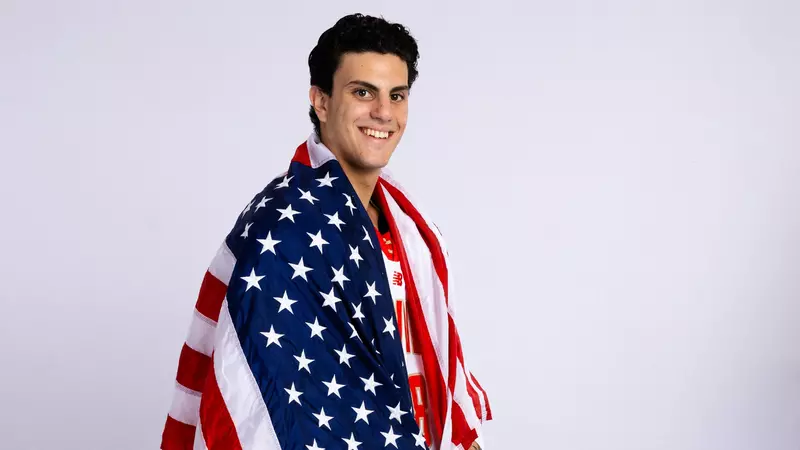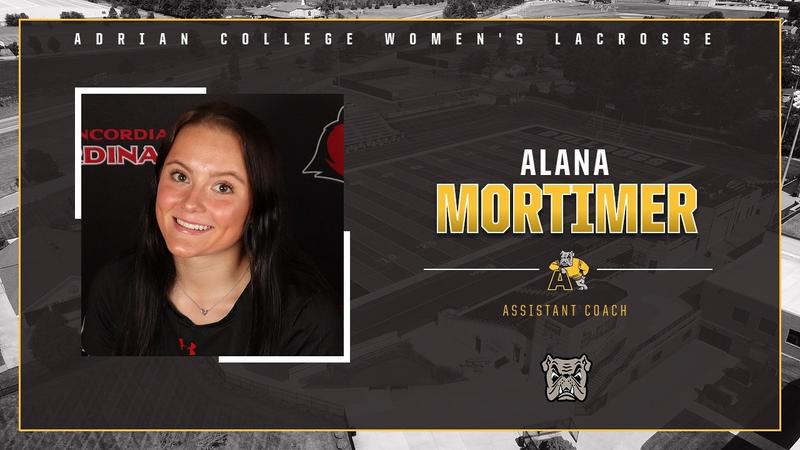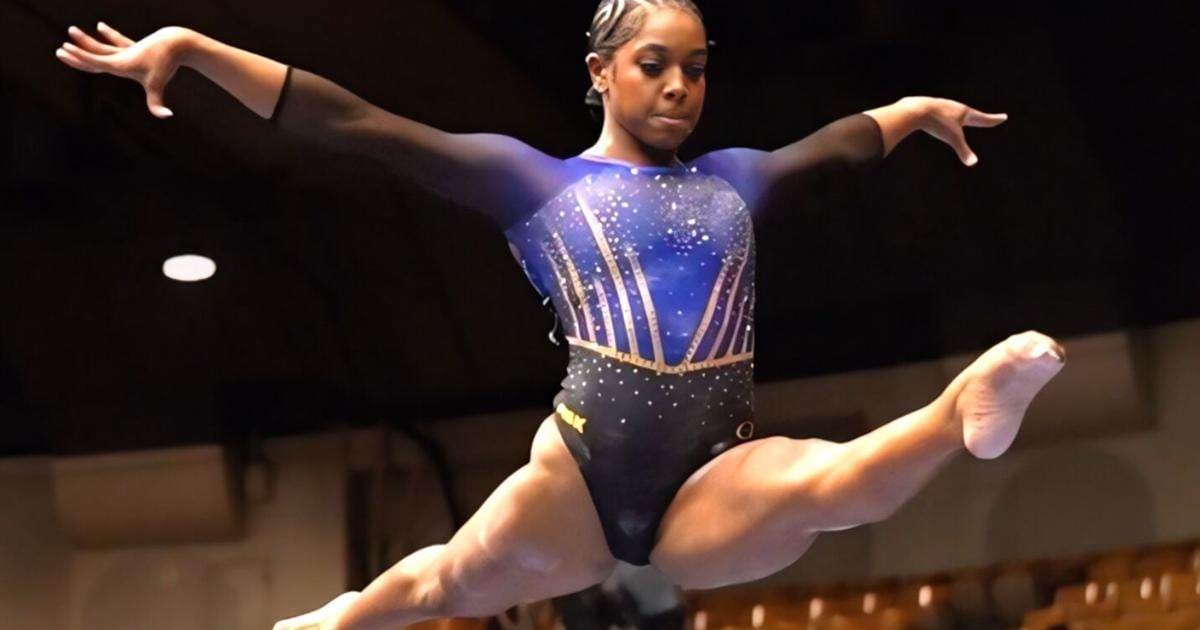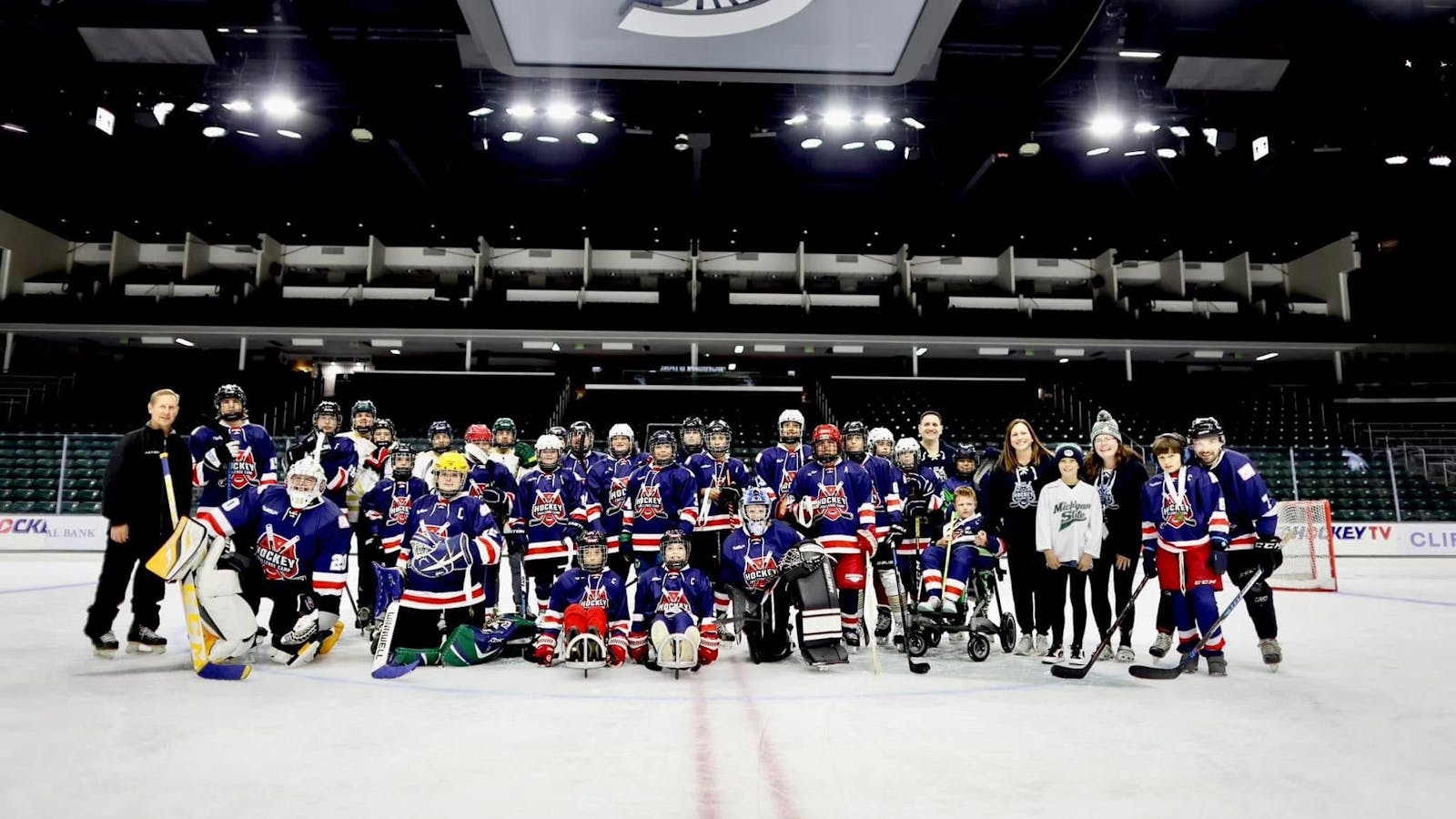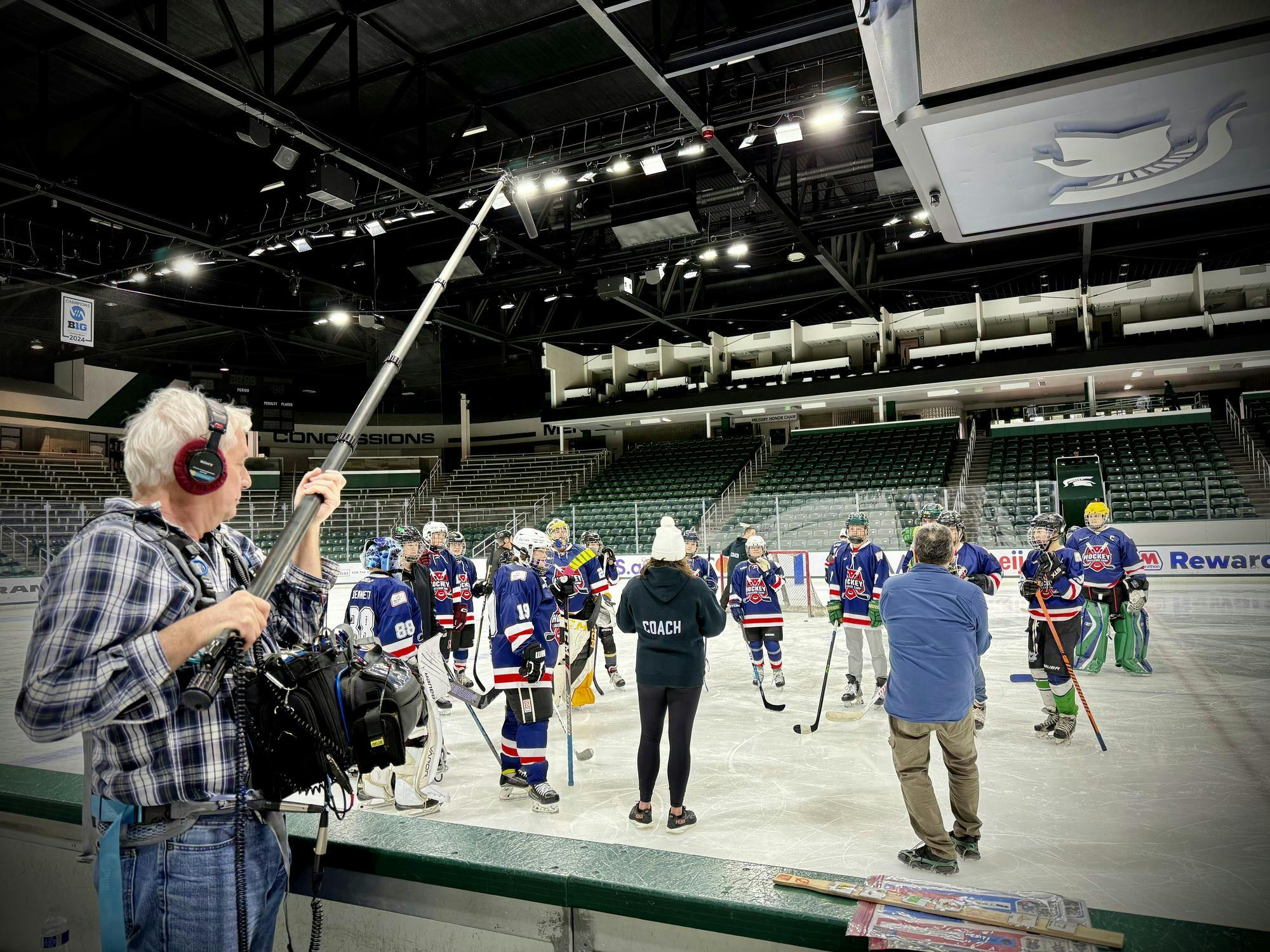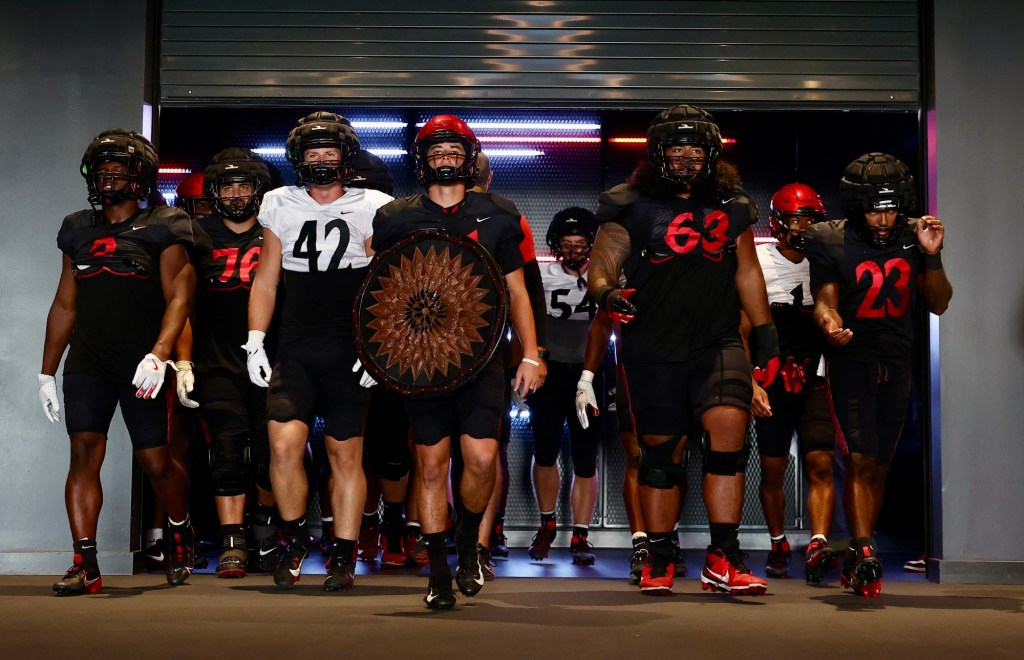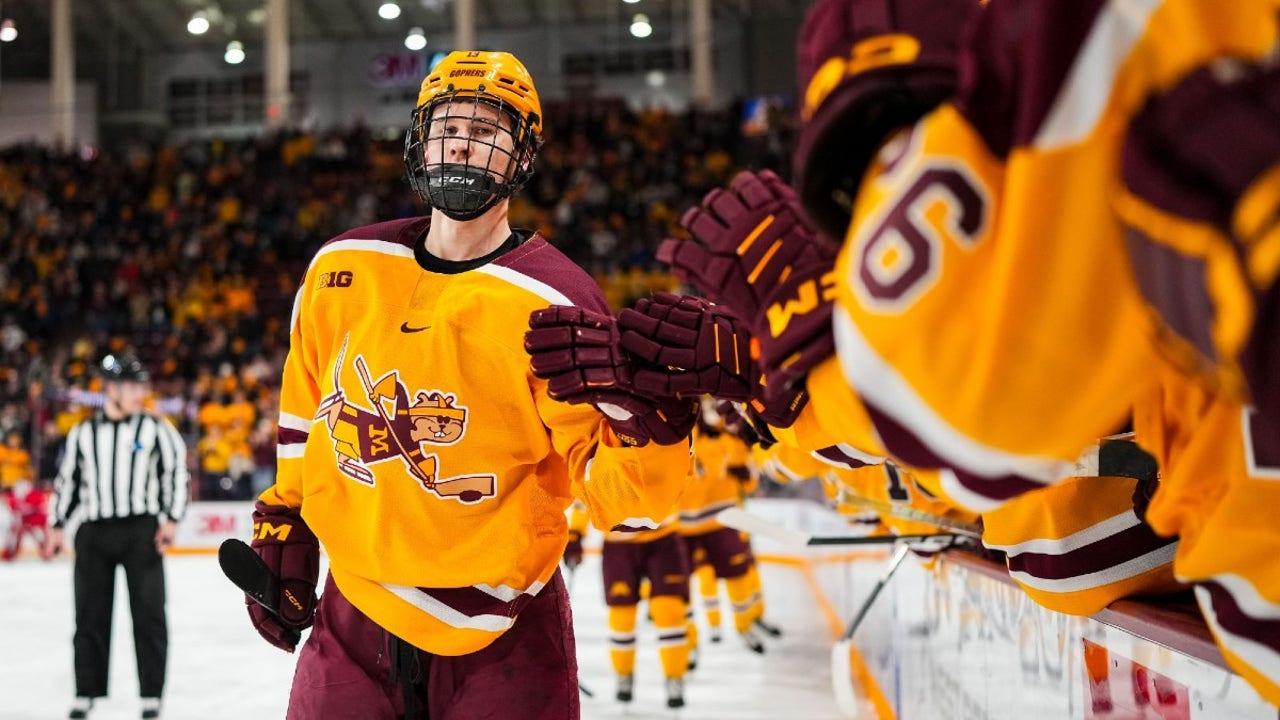Cast against their brown and beige office backdrops, the four horsemen of the settlement spoke as one.
Tony Petitti, Jim Phillips, Greg Sankey and Brett Yormark — commissioners of the conferences that control major college sports — conducted a remote news conference Monday morning to share their views on the momentous House v. NCAA settlement and what’s next for the industry.
They were joined on the Zoom call by Teresa Gould, commissioner of the Pac-12, which was a named defendant in the lawsuit (along with the ACC, Big Ten, Big 12, SEC and NCAA) and therefore a participant in constructing the post-settlement world order.
Together, the quintet reiterated the need for congressional help to codify rules and provide antitrust protection in order to end the barrage of legal challenges to the NCAA.
They explained that the distribution of $20.5 million to athletes starting July 1 won’t be determined at the conference level. How much to allocate to football, men’s basketball and the Olympic sports will be a campus decision.
And they acknowledged the post-settlement world is evolving. They don’t have all the systems and personnel in place to immediately clean up what Phillips (ACC) called “an unregulated environment with no rules and no enforcement.” They believe answers, and solutions, will come with time.
But is there any reason to believe cheating will disappear? That pay-for-play, which has taken so many forms over the decades, will be expunged from the system? That “bad actors,” as Sankey (SEC) described them, will be banished forever?
If effort and determination count, the clean-up effort could succeed.
“It’s progress over perfection,” Yormark explained. “There will be challenges. But we’re very confident. Our schools want rules. We’re providing rules, and we will be governed by those rules. And if you break those rules, the ramifications will be punitive.”
As part of the settlement, the power conferences created the College Sports Commission, with a chief executive, Bryan Seeley, a former lead investigator for Major League Baseball, and a singular mission: Ensure NIL deals are legitimate.
For the past four years, they have been anything but.
Remember the old-fashioned cheating, when bags o’ cash were given to recruits and their handlers in exchange for signatures on letters of intent? The moment NIL became the law of the land in the summer of 2021, a new, legal form of pay-for-play emerged, courtesy of booster collectives.
High school recruits and transfers alike were lured to schools by collectives offering six- and seven-figure deals. Those deals did not require players to participate in the promotional and endorsement opportunities at the heart of what the NCAA described as legitimate NIL.
The fake NIL was under-the-table cheating out in the open — unregulated but entirely legal.
Which brings us to the College Sports Commission (CSC) and the industry’s latest attempt to clean up the player procurement process.
In addition to the $20.5 million they will receive directly from the schools as part of the House settlement, athletes retain the ability to strike NIL deals with third-party entities. The difference: Now, they must report any contract of at least $600 to NIL Go, a technology platform designed by Deloitte that will determine if deals fall within a reasonable range of compensation. (That’s code for fair market value.)
If NIL Go rejects the deal, athletes have the option to adjust the terms and resubmit.
Or they could seek arbitration.
In theory, they could ignore NIL Go, agree to the contract and take the field (or court). But there’s a risk to competing with an invalid NIL deal, because the schools are arming the CSC with enforcement authority.
How will Seeley, a former assistant U.S. attorney, gather evidence? He won’t have subpoena power.
Also, who will design the penalty matrix?
“We’re in the process of developing some of those rules and structure and overall implementation,” Phillips said.
The industry is watching, and skeptics are everywhere.
Even if NIL Go successfully filters out the illegitimate business deals — the financial arrangements that are outside a reasonable range of compensation — the specter of pay-for-play remains.
And it could very well take a familiar form. That’s right, folks: Get ready for the return of bags o’ cash.
The CSC is designed to eliminate the donor collectives that paid players (legally) without demanding anything in return except a signature and their best effort on gameday.
But if deep-pocketed fans of School X want to help the team secure vital commitments from coveted transfers or blue-chip prospects, is the CSC really going to stop them?
Pay-for-play could simply return to its former location — under the table — and proceed with limited hesitation.
How can the CSC police the actions of thousands of donors representing hundreds of schools across 10 major college conferences?
How could it investigate and punish private citizens?
Will the schools report suspicious activity, invite Seeley to town and hand over whatever evidence helps expose transgressions committed by a million-dollar donor who is also helping to fund the new engineering building?
The commissioners know far more about the CSC than we do.
They have discussed the clean-up project extensively with campus officials desperate for law and order.
They made a shrewd move hiring a former assistant U.S. attorney and not a college sports lifer.
But it’s difficult to ignore the leap-of-faith component built into their new world order. College sports has too many athletes with financial needs, too many sources of cash and too many fans who care about winning above all else.
The result is a revamped system that’s rooted in best intentions but dependent on a leap of faith.
“Ultimately,” Sankey said, “it’s incumbent upon everyone, presidents and chancellors, athletic directors, head coaches, assistant coaches and staff and, yes, commissioners, to make the terms of this settlement work.”

